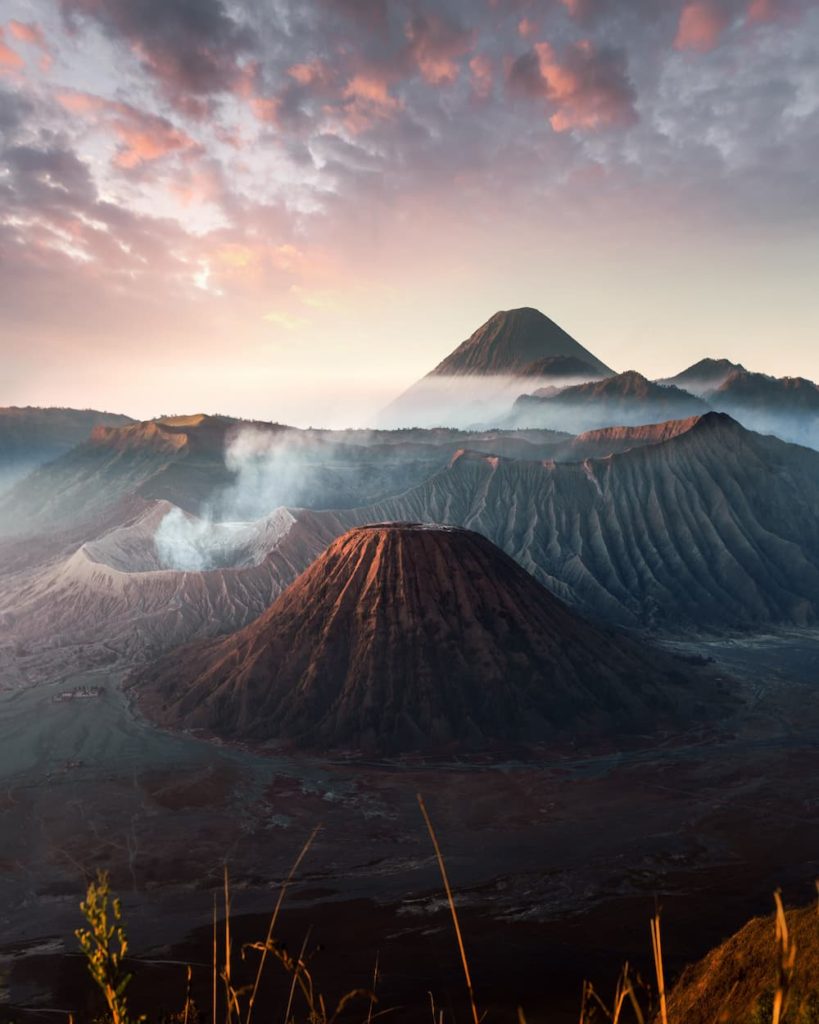
© 2020 Nomadict. All rights reserved.
First of all, thank you to the community of Nomadict for choosing my photo as “Best of the Week” for the second time. In the last article, you can read who I am and about my photography journey so far, and see photos of my Iceland trip that I did in the summer of 2020.
After this trip, I edited my photos, packed up my camera and put it away in the closet, where it stayed untouched for the next 5 months. And I took my last photo already 9 weeks before I released it. This is part of the reality behind my photography.
Instagram can be misleading; I’m not a professional photographer, neither earn money with my photography, nor it is part of my everyday life. I work in a Kindergarten full time and at the moment I spend most of my time at home. At home in Germany I actually never take photos – doing photography here just doesn’t move me. I live in a flat, overpopulated area and I don’t really find anything that touches my photographic heart…
I’ve only really been photographing for 2 years and only when I’m traveling. This means that I photograph four-five weeks a year and in the remaining 47 weeks my camera collects dust on the shelf. So I see myself still as a somewhat advanced beginner.
After a trip, I usually view and edit the photos I took on those trips during a period of several months. It is not uncommon that I edit the same photos several times – I think about what I like and what I don’t like, and what I could do differently next time. On each new trip, I did something different and I tried new techniques. In that way, my photography has changed and improved from trip to trip even though I don’t have a routine and usually take a break for several months.
I look for motifs that are characterized by melancholy and nostalgia, motifs that are often an idealistic and romantic image of the past. I usually try to tell a story and to reflect feelings. I try to take photos that move between reality and dreams; nature and its appearances serve as a representation of feelings.
The human being itself plays a lesser role in my photography. When I depict a person in my photos, they are usually very small, genderless, and only dimly recognizable. I do not want to depict anyone in particular, I would a person that appears in my photos to be a human being in its core.
Most of the time, they are the center of the photo – the center of their subjective world and the event that takes place around them. I usually depict the human being as a part of the world, whereby they always play a subordinate role in comparison to the nature that surrounds them. I like to show the contrast between the individual and the size of the world around them.
My photography is influenced by artists other than photographers, especially romantic ones. In this sense, I would like to quote the German artist Max Beckmann (February 12, 1884 – † December 27, 1950):
“What matters most to me in my work is the ideality that lies behind the apparent reality. I seek from the given present the bridge to the invisible – similar to what a famous Kabbalist once said: ‘If you want to grasp the invisible, penetrate as deeply as you can – into the visible.’ For me, it is always a matter of grasping the magic of reality and translating that reality into painting. – Making the invisible visible through reality. – This may sound paradoxical – but it is really a reality that forms the very mystery of existence!” – Max Beckmann
The photo of the week was taken at the end of December 2020 in Iceland. In the photo you can see the Budirkirkja with northern lights. I was lucky to be able to take this photo. The northern lights were weakening and it was already late at night, I was really tired, freezing and I could slowly feel my feet and hands start to feel numb.
I had already taken my photos of the church and was back in the car. When I looked at the photos on the screen there, I noticed that they were minimally out of focus. So, I went out again and took new photos. At exactly that moment, the auroras became stronger again. A fortunate coincidence!
Another stroke of luck was the fact that from the 12th of December in Iceland, every evening leading up to Christmas, one of the 13 yule lads will visit your house and you will get a small gift each time (traditionally in the shoe). It is the Icelandic Santa Claus; Yule lads are 13 brothers from a family of trolls who live in the highlands of Iceland, and who travel to provide kids with presents.
So, on the outbound flight to Iceland, we got two wool blankets as a gift from the airline. But what does this have to do with the church?
The church was illuminated by a spotlight which wasn’t favorable. I wanted to use the chance to get the photo I had in mind because it was late at night and my girlfriend and I were alone in this place, so she covered the spotlight with the 2 blankets so the place darkened.
In addition, I was lucky with the Christmas lights inside the church and the moonlight illuminating the horizon. What I like best about this picture are not the northern lights but the contrast between the warm and the cold colors. On Instagram I wrote the following about it:
It was long after midnight on a cold and calm winter night. The moon was already low, setting on the horizon. The wind howled softly in the mountains and the sea roared in the distance. It was almost quiet. The dark landscape surrounding this place and the wide starry sky gave me a feeling of loneliness and melancholy.
The black church and the old graves stood out against the darkness of the night. The windows of the church shone warm and bright as if it was a place of refuge, a place of security and hope. A small, warm glow that rebelled against the cold darkness of the winter night.
And me? I stood leaning against the old cemetery wall, tired and freezing. My hands were so cold that it was difficult to operate the camera. As the moon slowly departed and the night threatened to become darkest, the lights of the north began to dance above me, illuminating the night with their colors and stretching towards the moon.
I stood there in this cemetery, so close to the dead, so far from the stars, darkness at my back, the light in front of me. That’s how I stood there, so close to everything yet so far away from everything.
Would you like content like this sent to your inbox?
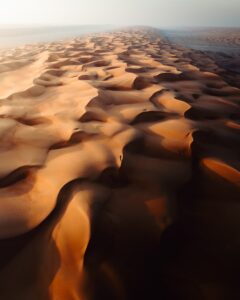
In this article featuring Witold Ziomek, we explore five essential principles for crafting powerful sunset dune photography through editing. Through a practical example, Witold shares his process of editing his award-winning photograph, alongside valuable insights he has gained as a dedicated traveler and photographer.

This article chronicles Mitchell Leong’s journey, who found solace and purpose through his lens. From the rugged expanses of the Canadian Rockies to the ethereal allure of starlit nights, each photograph tells a story of resilience, exploration, and the profound impact of the natural world. Through his lens, he seeks to bridge the gap between science and art, using photography as a tool for conservation and storytelling. Along the way, he shares invaluable lessons learned, from embracing fear to trusting in the power of storytelling.
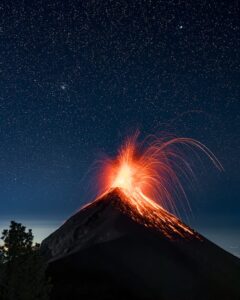
This article follows Phil’s path as a photographer, sparked by his unwavering love for exploration and ignited during post-university travels. Through his lens, we traverse Phil’s transformative journey across captivating landscapes, from the rugged beauty of the Canadian Rockies to the fiery spectacle of Volcán de Fuego in Central America, where he captured the winning shot.
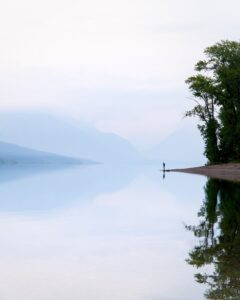
In this article, we delve into the journey of photographer Amirali, whose passion for photography was ignited amidst the challenges of academic life and the chaos of the pandemic. Through his lens, we witness Amirali’s transformative exploration of landscapes, from the serene landscapes of Finland to the mystic scenes of Montana’s nature, where he took a shot that won the Best of the Week.
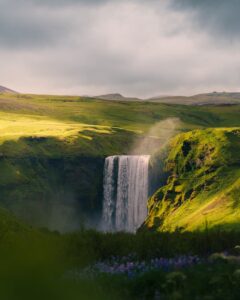
Inspired by a newfound love, Michael transforms the blank pages of his life into a vibrant canvas of nature and exploration. In this article, you can read about the profound lessons learned—from prioritizing living over routine to the art of editing and the magic of impromptu adventures—and witness the evolution of a photographer’s passion amid the breathtaking landscapes of Denmark and Europe.
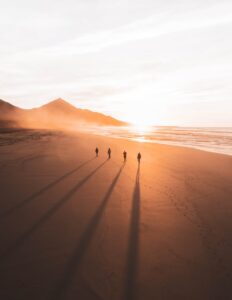
In 2017, Mathieu Morel’s first trip to Iceland marked a turning point in his photography journey. His photograph taken at Cofete Beach in Fuerteventura reflects the lessons he’s learned along the way. Thanks to the support of our community’s votes, he emerged as the winner of our weekly contest.
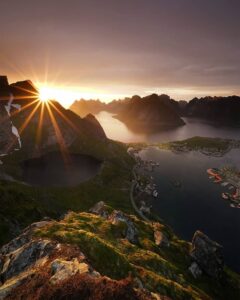
Barbara Thoeny won our weekly contest thanks to a golden hour photo in the beautiful Lofoten Islands. This article teaches us about her winning shot, passion for capturing the northern lights, and most valuable experiences as a solo traveller and photographer.
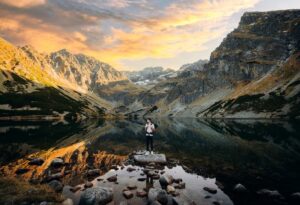
Meet Konstantin, a passionate traveler and photographer inspired by those who use their cameras to capture the world’s beauty and meaning. He aims to make each photo as unforgettable as the moment itself, emphasizing the importance of a positive attitude and cherishing the present moment.
© 2020 Nomadict. All rights reserved.
